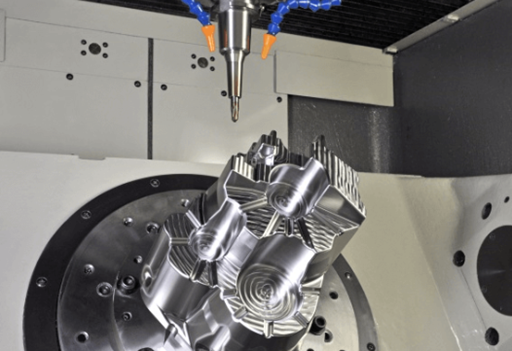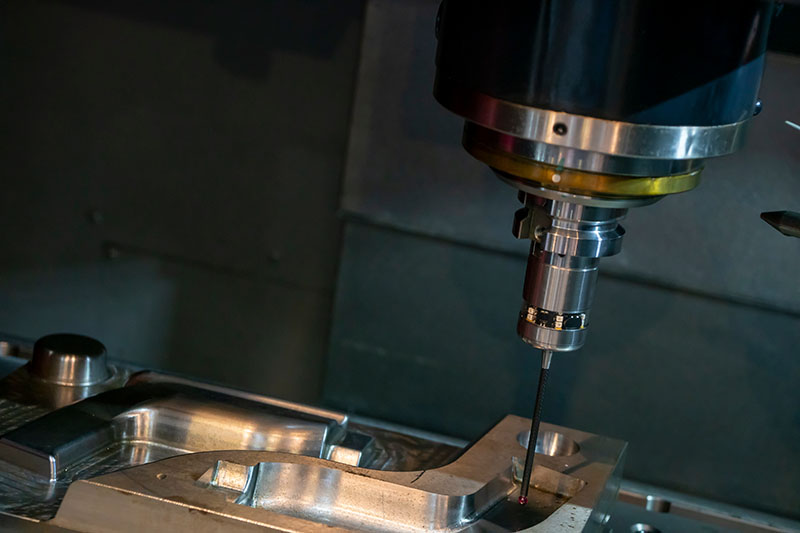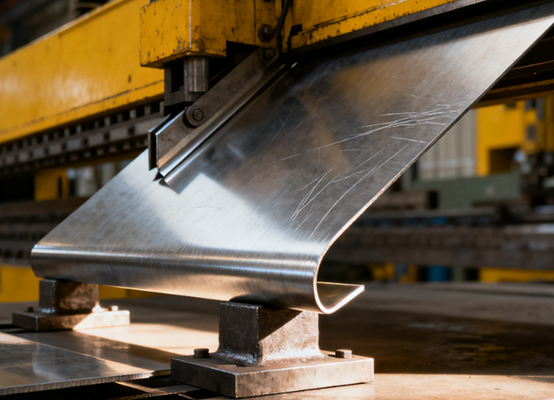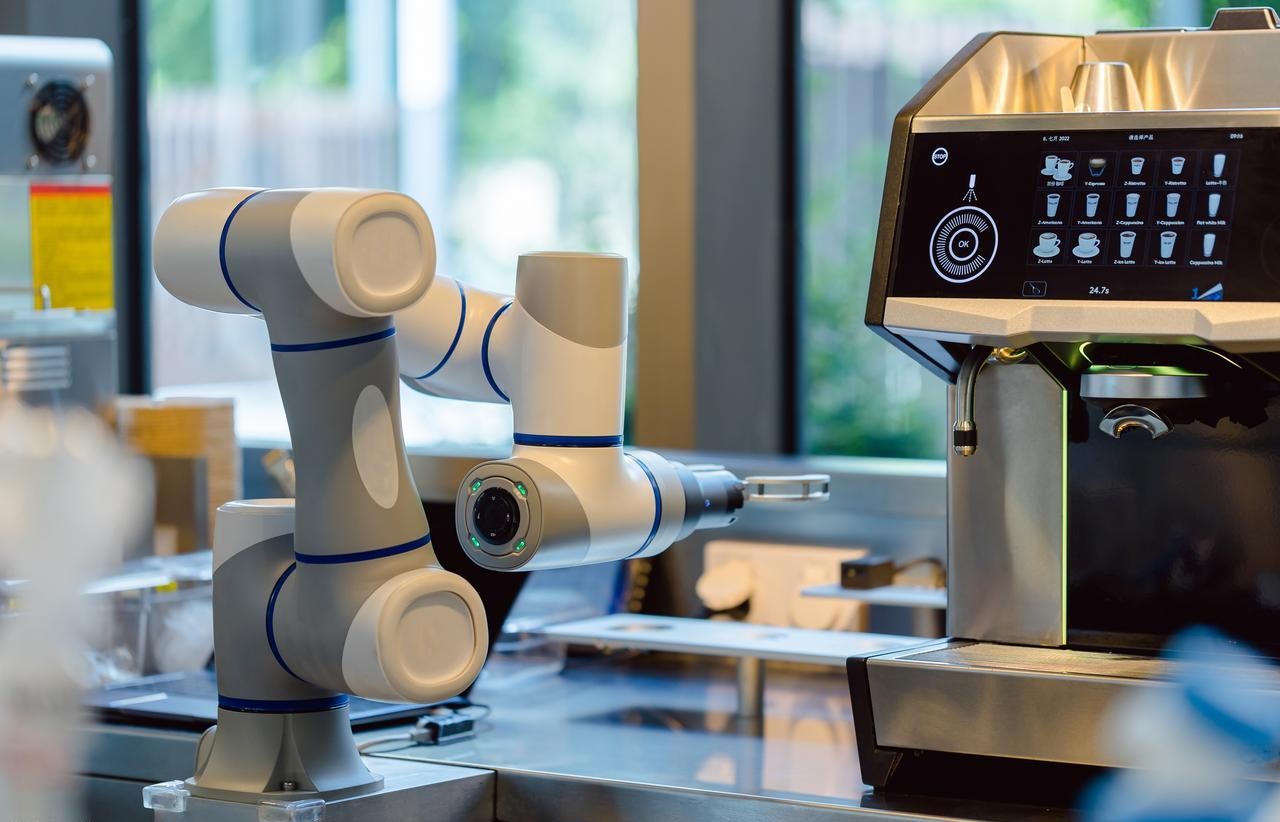Introduction to Injection Molding
Injection molding is a go-to method for making plastic injection molded parts, especially when you need a lot of them. It starts with melted plastic being pushed into a mold. After it cools, the part is ready. You’ll find this process behind everything from phones to car injection molded parts. It’s fast, steady, and doesn’t waste much material.
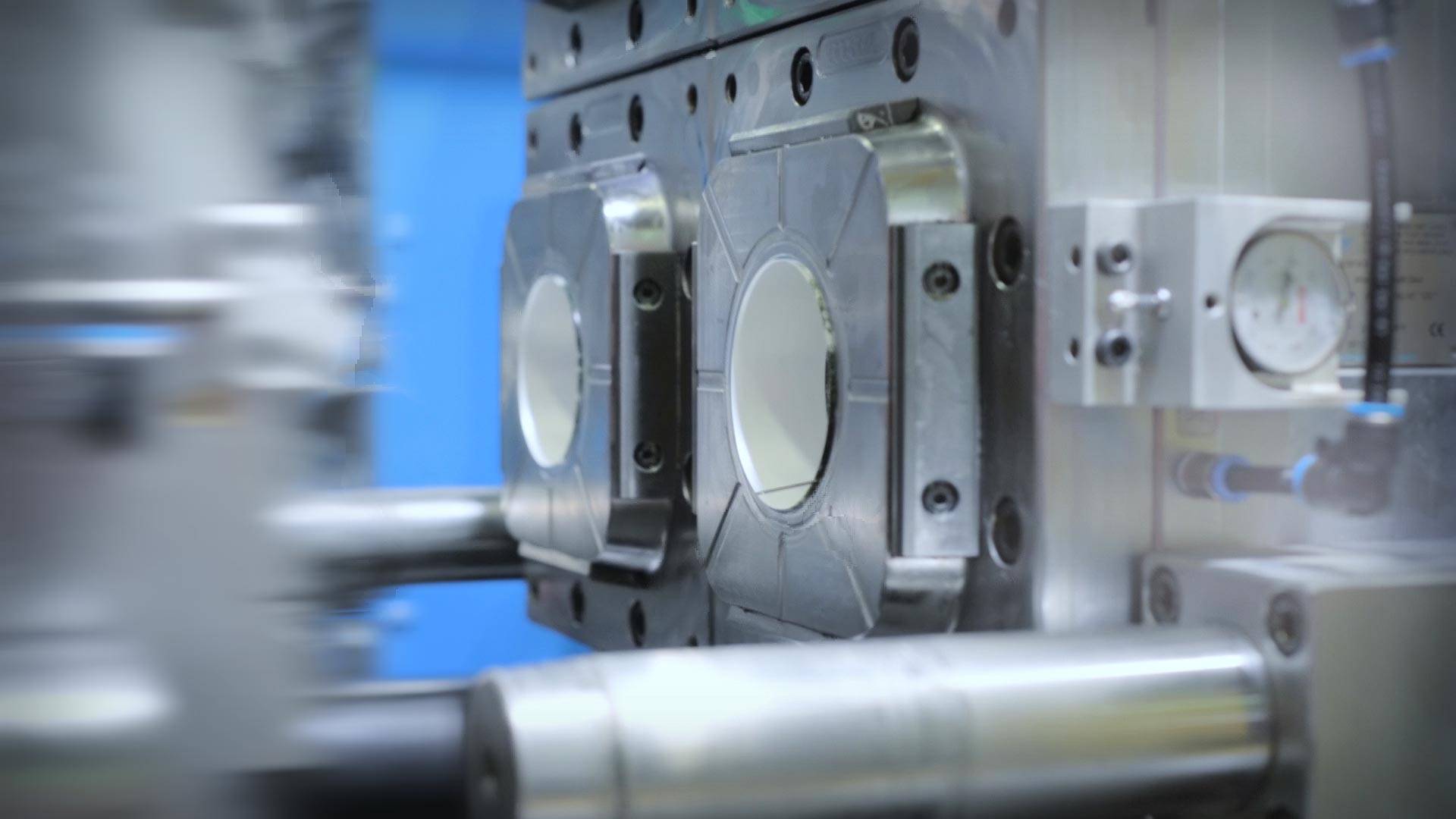
Sure, injection molding is fast and precise. But it’s not always easy. You have to keep a close eye on temperature, pressure, and other details. Even a small slip can mess things up, like causing defects or slowing down the injection molding process.
This article talks about twelve key mistakes people often make in injection molding. These problems can lower quality, slow down machines, and mess up your workflow. If you’re just starting or have years of experience, avoiding these errors will help you run things better and make stronger injection molded parts.
Twelve Taboos of Injection Molding
1. Incorrect Temperature Control
When the injection molding machine or mold gets too hot or too cold, the molded part can turn out all wrong. You might see problems like warping, filling issues, shrinkage, or streaks on the surface (this is called splay). If the temperature isn’t controlled correctly, it can also mess with the dimensions, making the part not fit or work properly.
Impact:
- Dimensional inaccuracies: If your plastic cools unevenly in injection molding, the pieces might not be the right size. That can mess up the whole assembly.
- Surface defects: For example, burn marks (blackened areas on the surface) occur when the material overheats in the mold, while splay (a matte or streaked appearance) results from moisture or air trapped during injection.
- Lower part strength: If the part cools unevenly, some areas might not hold together well, which means the whole thing could end up weaker than it should be.
Solution:
Temperature Controllers:
Make sure to get reliable temperature controllers for both the mold and the barrel. The good ones react fast to any changes, which helps keep the whole injection molding process nice and steady.
Mold Heating and Cooling Systems:
Optimize the mold’s heating and cooling systems for uniform temperature distribution. Use conformal cooling channels and strategic placement of heaters and chillers to maintain consistent temperatures across the entire mold.
Regular Calibration:
If the mold’s heating and cooling aren’t balanced, you’ll get uneven temperatures that can mess up the whole part. Without proper channels and careful heater placement, defects are almost guaranteed.
Data Logging:
If you skip regular calibration, small temperature errors can build up and ruin your injection molded parts. Don’t underestimate how much even a little drift can impact the whole injection molding process. We learned the hard way when a small sensor drift caused a batch of injection molded parts to come out wrong. After setting up regular calibration checks, the temperatures stayed on point, and the defects stopped.
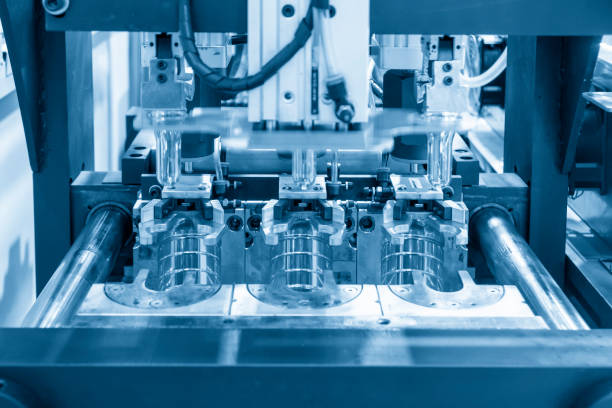
2. Improper Mold Design or Maintenance
If the mold’s not designed right or isn’t kept in good shape, things like dirt, wear, or misalignment can sneak in. That’s when you start seeing stuff like flash on the edges, rough finishes, and injection molded parts that just aren’t consistent.
Impact:
- Part defects: If you’re getting flash, rough spots, or issues when the part’s being ejected, chances are the part won’t match the specs, and it might not even pass basic tests.
- Increased scrap rates: Neglecting mold maintenance leads directly to higher scrap rates. Every defective part adds to your costs and piles up unnecessary waste — it’s a problem that snowballs fast.
- Reduced mold lifespan: If you don’t take care of the mold, it’s going to wear out faster. That means more repairs, more downtime, and probably having to replace it sooner than you’d like.
Solution:
Mold Design Review: Talk with the mold designer early and often. You want to make sure the material flows smoothly and the cooling works well. A simple flow path and easy-to-reach cooling channels go a long way in making sure your injection molded parts cool evenly and don’t warp.
Routine Cleaning and Maintenance: It’s a good idea to stick to a regular cleaning routine for your molds. Check for dust, gunk, or any leftover material from past runs — that stuff can mess up your injection molded parts. And don’t forget to apply mold release now and then to keep things from sticking.
High-Quality Materials: When you’re working with tough or hot plastics, make sure the mold is built from strong, wear-resistant materials. Using high-quality steel or special coatings can help the mold last longer and save you trouble down the line.
Mold Inspection: Neglecting mold inspections can lead to serious part defects. Cracks, misalignment, or worn sections in the core and cavity can cause major quality issues, and blocked cooling channels can throw off the whole injection molding process. Regular checks are critical.
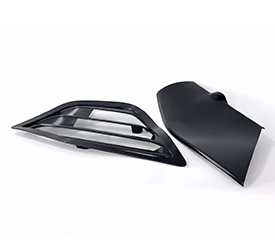
3. Inconsistent Material Flow
If the material isn’t flowing evenly, it could be due to things like the screw speed being off, a blocked nozzle, or the material not being dried enough. When that happens, you can end up with issues like short shots, bubbles, or empty spots in the part.
Impact:
- Short Shots: Short shots happen when the mold doesn’t fill all the way. It could be from low injection pressure, the mold not being hot enough, or a gate design that’s just not letting the material flow right.
- Voids: Voids are those little pockets of air or gas inside the part, and they usually show up when the mold isn’t vented well or cools too quickly. They might not always be visible, but they can make the part weaker and more likely to crack later on.
- Bubbles: Bubbles usually show up on the surface of the part and are caused by air getting trapped during injection. Things like injecting too fast or not using enough back pressure can stir in air and leave those annoying little marks.
Solution:
Consistent Material Drying: Make sure you dry materials like nylon or ABS properly before injecting them. If they still have moisture in them, that water can turn to steam and cause bubbles in the part. Using a good desiccant dryer helps.
Material Feeding: Use a properly calibrated feeder to keep the material flowing steadily into the machine. It helps make sure everything stays consistent, and you don’t get weird changes in part quality from uneven feeding.
Nozzle and Screw Maintenance: It’s important to clean and check the nozzle and screw regularly. If they get clogged up or start wearing down, the material won’t flow right, and that’s when you start seeing issues in your injection molded parts.
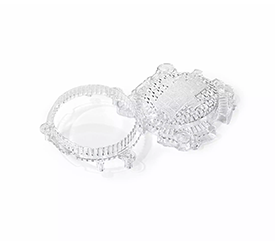
- Incorrect Injection Pressure
If your injection pressure’s off, you’re going to have trouble. Too much pressure causes flash or warping, and too little means injection molded parts won’t fill properly. Either way, it’s a waste of time and materials.
Impact:
- Overpacking: Overpacking happens when you push too hard during the packing stage, which can deform the mold. That often shows up as sink marks, flash, or injection molded parts that aren’t the right size.
- Underpacking: Applying too little pressure during packing leads to incomplete mold filling. Underpacking causes defects like short shots, voids, and incomplete injection molded parts — all of which compromise quality and waste resources.
Solution:
Proper Pressure Settings: Setting the correct injection pressure is crucial. If it’s off for your material or mold, you risk defects. Monitoring pressure in real-time during production helps catch problems before they ruin injection molded parts.
Pressure Testing: Pressure testing is essential to prevent quality issues. Without testing each material batch, you risk using the wrong injection pressure, which can cause defects and wasted injection molded parts.
Machine Calibration: Make sure to calibrate your injection pressure sensors regularly. Even small errors can mess up your injection molded parts, so keeping things accurate is important.
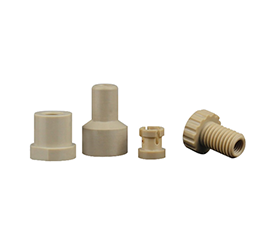
5. Over or Under Cooling
Cooling’s got to be just right. If the coolant’s too cold or flowing too fast, the part might solidify too early and warp. If it’s not cool enough, the part doesn’t set properly and can drag out your cycle time. Either way, it messes with quality.
Impact:
- Warpage: Warpage happens when cooling isn’t uniform, causing internal stress and uneven shrinkage. This can ruin dimensional accuracy and performance, often making injection molded parts unusable and driving up rejection rates.
- Distortion: When injection molded parts don’t cool evenly, they can come out looking off, not quite the right shape. That means they might not fit right during assembly or work the way they’re supposed to.
- Sink Marks: Sink marks are a common defect in thick sections where cooling is uneven. They reduce surface quality, compromise strength, and often require extra finishing — all of which add to production costs.
Solution:
Cooling System Optimization:
Using conformal cooling channels that follow the part’s shape makes a big difference. They help get rid of heat evenly, which means faster cycles and better injection molded parts without hot spots.
Cooling Time Adjustment:
Don’t just guess the cooling time — base it on the material and part design. Using a calculator or software tool can help you dial it in and avoid ejection issues.
Temperature Monitoring:
Without real-time temperature monitoring, you’re flying blind. Fluctuations can go unnoticed and ruin part consistency. Sensors help maintain control and avoid costly quality issues.

6. Inadequate Venting
If the vents in your mold are blocked or not working right, air gets stuck inside — and that’s when you see bubbles, voids, or even burn marks. It also makes it harder to fill the mold, so pressure goes up and the cycle time stretches out.
Impact:
- Voids: Voids severely weaken structural integrity. These internal air pockets can’t support the load, making the part unreliable and prone to failure, especially in high-stress applications.
- Bubbles: Surface bubbles aren’t just cosmetic. They’re signs of trapped gas and often signal weak spots in the part that can compromise both performance and durability.
- Burn Marks: Burn marks show up as dark streaks or spots where trapped air gets too hot. They don’t look good, and they can weaken the part, too.
Solution:
Proper Mold Venting Design:
Make sure to put vents where air usually gets trapped, like at the last spots where the material fills. The vents should be just the right size so gas can escape easily, but don’t cause a flash.
Venting Maintenance:
Don’t forget to clean the vent holes often — if they get clogged with leftover material, air can’t escape properly, and you’ll start having problems.
Pressure Relief:
Without pressure relief systems, trapped air and gas can cause serious defects. Installing these systems is key to improving part strength and surface quality.
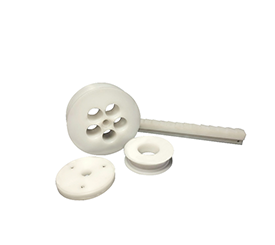
7. Improper Material Handling
If the materials soak up moisture, or if they’re stored wrong or mixed with stuff they don’t get along with, you’ll end up with problems. Moisture can break down the material and cause surface defects, while bad storage can lead to contamination that messes with how injection molded parts turn out.
Impact:
- Moisture Absorption: Hygroscopic materials such as nylon and polycarbonate absorb moisture easily. When we didn’t dry them properly, the trapped moisture vaporized during injection molding, causing silver streaks and bubbles, and injection molded parts that broke too easily.
- Material Degradation: If materials aren’t stored or handled properly, they can get contaminated or start breaking down, which messes up how the final product performs and looks.
Solution:
Proper Storage: Keep materials in a cool, dry spot to stop them from soaking up moisture or breaking down. It’s best to leave them in their original packaging or sealed containers to keep them safe from the environment.
Pre-Drying: Use dryers to remove any moisture from the material before processing, especially for hygroscopic plastics. This step is crucial to prevent moisture-related defects.
Material Testing: It’s a good idea to test your materials regularly, like checking moisture levels, to make sure they’re in good shape before you start. Catching issues early can save a lot of trouble later.
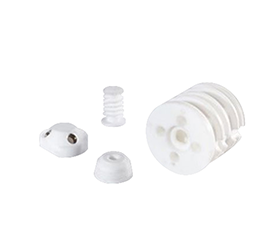
8. Inaccurate Machine Settings
If your machine settings, like screw speed or temperature, are off, the material can overheat or not get hot enough. That can mess up the color, damage the material, or cause injection molded parts not to form right. Plus, it throws off cycle times and leads to more scrap and wasted effort.
Impact:
- Inconsistent Color: If the temperature or screw speed isn’t steady, the color can spread unevenly, causing streaks, shiny spots, or weird discoloration. That messes with how the injection molded parts look and their overall consistency.
- Material Degradation: If the machine settings aren’t right, the material can overheat and start breaking down. That makes injection molded parts weaker, brittle, and more likely to fail when you put them under pressure.
- Incomplete Part Formation: If the settings aren’t right, the mold might not fill all the way, which causes short shots or gaps inside. That means the injection molded parts won’t work properly or look right.
Solution:
- Automated Process Control: Use automated controls that tweak machine settings on the fly, based on what sensors tell them. This helps keep part quality steady all the time.
- Preset Process Parameters: Set up standard procedures for your machine settings that you can quickly tweak for different materials and injection molded parts. It helps keep things consistent and cuts down on mistakes.
- Training and Documentation: Continuous operator training and detailed documentation of machine settings are vital. Without these, consistency and quality across production runs can suffer.
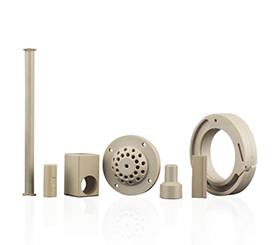
9. Improper Use of Additives or Fillers
If fillers, stabilizers, or pigments aren’t mixed right—or if there’s too much of them—you’ll get poor dispersion. That can mess up the color, make injection molded parts weaker, or cause uneven textures. When additives aren’t spread evenly, the injection molded parts can act differently and sometimes even fail.
Impact:
- Color Inconsistencies: Uneven pigment dispersion causes streaks and blotches, ruining the visual consistency of injection molded parts. This compromises product uniformity and risks customer dissatisfaction.
- Strength Issues: If fillers aren’t mixed enough, some injection molded parts end up weak, which can make the whole thing less sturdy and more likely to break early.
- Uneven Surface Texture: Poor additive blending results in surface imperfections like roughness or gloss differences, lowering aesthetic quality and increasing finishing costs.
Solution:
Accurate Dosing: Accurate dosing systems are essential to ensure additives and fillers are blended in correct ratios; otherwise, quality problems can arise.
Mixing Equipment: Get good mixing machines that work consistently to spread additives evenly throughout the material.
Supplier Quality Control: Buy your additives and fillers from trusted suppliers who stand behind the quality and consistency of their products.
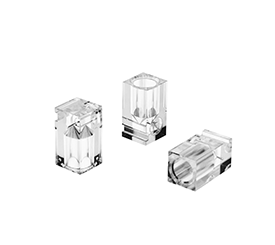
10. Inadequate Mold Clamping Force
If the clamping force isn’t strong enough, the mold can open up a bit, causing flash or injection molded parts that don’t come out the right shape. This can mess with the part’s size and surface, meaning more rework and scrap.
Impact:
- Flash: Flash manifests as unwanted protrusions along the parting line, resulting from excess material escaping the mold cavity. This defect compromises the part’s aesthetic quality and may require additional post-processing to remove the excess material.
- Inconsistent Part Geometry: Uneven pressure distribution during injection molding can cause warping and dimensional inaccuracies. This results in injection molded parts failing to meet design specs, compromising fit, function, and overall quality.
Solution:
Clamping Force Calculation: Calculating the proper clamping force using software is critical to match part size, material, and injection pressure, preventing defects.
Clamping Force Monitoring: Keep an eye on clamping force during each injection cycle to make sure it stays steady, and tweak it if needed, depending on the material or part shape.
Routine Machine Calibration: Make sure to calibrate your clamping unit and hydraulic system regularly so the force applied stays accurate.

11. Cycle Time Variations
If the cycle times aren’t steady—maybe because cooling rates change, injection molded parts have different thicknesses, or the mold isn’t designed well—it can cause problems like warping, sink marks, or injection molded parts not filling all the way. Uneven cooling, especially, leads to flow marks and size issues, which means more rejects.
Impact:
- Warping: Uneven cooling from inconsistent cycle times can cause warping due to internal stresses. This distortion leads to dimensional inaccuracies and may impact part functionality.
- Dimensional Shifts: Inconsistent cooling rates lead to dimensional shifts, where injection molded parts fail to meet specifications. Uneven shrinkage compromises fit and function, risking product quality.
- Incomplete Filling: Too short a cycle time can cause incomplete mold filling, resulting in short shots. These missing sections reduce part integrity and usability.
Solution:
Optimize Cycle Time: Use simulation software to fine-tune the whole injection molding cycle for each part and material. This way, injection, cooling, and ejection steps are balanced to save time and energy.
Cycle Time Monitoring: By adding inline monitoring, we could quickly spot when cycle times drifted from the norm and fix issues before they caused bigger problems.
Automation: Use automation for mold opening, closing, and part ejection to keep cycle times steady and cut down on delays.
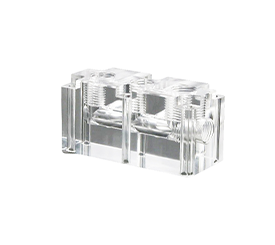
12. Lack of Quality Control Checks
If you skip things like in-line inspections or process checks, defects can slip through. That means more rejects, wasted material, and unhappy customers. Without regular monitoring, it’s tough to catch problems early and keep quality high.
- Impact:
If you skip things like in-line inspections or process checks, defects can slip through. That means more rejects, wasted material, and unhappy customers. Without regular monitoring, it’s tough to catch problems early and keep quality high.
Solution:
In-Line Inspection: Set up automated cameras or sensors to catch defects like wrong dimensions, surface issues, or color problems right on the injection molding production line.
Sampling Plans: Develop rigorous sampling plans to periodically inspect critical dimensions and features in every production batch.
End-of-Line Testing: Do final checks before shipping, like mechanical tests, weighing injection molded parts, and just giving them a good look to catch any last defects.
Statistical Process Control (SPC): Implement Statistical Process Control charts to continuously monitor key parameters and quality metrics, enabling early detection of process variations.

About NOBLE
Injection molding is perfect when you need lots of plastic injection molded parts. That’s why so many high-tech companies choose NOBLE year after year. So, what makes them trust us?
- With over 200 materials to pick from, NOBLE gives you lots of options. Whether you need basic plastic or a tough engineered resin, we help you find what fits best, and even show you how to cut costs along the way in the process of injection molding.
- Design it. Test it. Build it. Produce it. NOBLE handles it all in injection molding. Our full set of injection molding services means you get one trusted partner from concept to delivery.
- Get exactly what you need — and more. NOBLE offers custom, high-precision injection molding at competitive rates. From prototyping to production, we build smart, cost-saving solutions that deliver premium results without the premium price.
- Quality is not optional — it’s built into everything we do. Our strict process checks every injection-molded part, ensuring it meets the highest standards before it reaches your hands.


